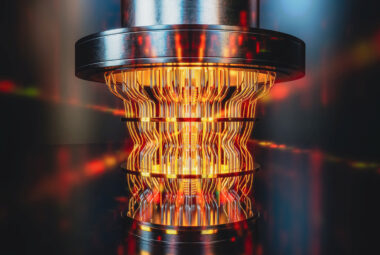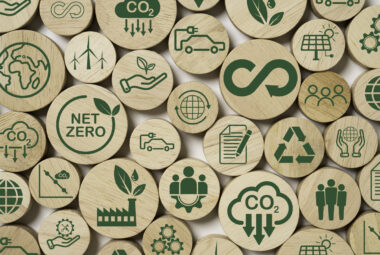
Breaking the ICE: what does the future hold for the Internal Combustion Engine?
The internal combustion engine, or ICE, was undoubtedly one of the greatest innovations of the twentieth century. It made long-distance transportation possible and with this brought about drastic social and economic change. Today, the ICE is approaching the end of its lifespan, with bans on the sale of new petrol- and diesel-powered cars in many countries taking effect in this decade and the next. However, this does not mean the end of ICE-related innovation.
Inevitably, existing ICE-powered vehicles will be around for a number of decades after the sale of new ICE-powered vehicles is banned. Battery electric vehicles (BEVs) are currently the leading alternative to ICE-powered vehicles and in 2021, accounted for only 6% of global car sales. It will take a significant amount of time for manufacturers to scale up production of BEVs to meet the current demand for vehicles, and demand is only increasing as populations increase and countries develop. In the meantime, governments still have overall climate targets to chase. There is therefore a need to reduce harmful emissions produced by existing ICE-powered vehicles. One way to do this is through the use of alternative fuels.
Examples of alternative fuels include biofuels and synthetic fuels. Biofuels are produced from plant materials and are themselves carbon neutral; they release as much carbon into the atmosphere during combustion as absorbed during growth of the underlying plant material. However, existing ICEs not already adapted will require modification in order to run on biofuel. Synthetic fuels, on the other hand, can be used in existing ICEs without the need for modification. The basic chemical structure of synthetic fuels and petrol and diesel as we know it is the same. Both are made up of hydrogen and carbon atoms forming hydrocarbons. Instead of obtaining these hydrocarbons from oil, as is the case for conventional petrol and diesel, the hydrocarbons for synthetic fuels are produced using hydrogen from water and carbon extracted from the atmosphere. Similar to biofuels, they release the same amount of carbon when combusted as extracted from the atmosphere to produce them, and if the processes used to produce the hydrogen and carbon for making the fuels use renewable energy, synthetic fuels can be completely carbon neutral.
Another potential way to address the issue of emissions produced by existing ICE-powered vehicles could be carbon capture. This is the process of capturing carbon dioxide produced by an ICE, before the carbon dioxide is emitted to the atmosphere, and storing it as a usable product for later use. For example, the captured carbon dioxide could be used in the manufacture of plastics, concrete or synthetic fuels as discussed above. Historically, carbon capture has been used to capture carbon dioxide during the generation of electricity in power stations. There are challenges associated with scaling down and adapting the process for use on vehicles. However, the concept has been proven, with energy company Aramco achieving capture of 40% of carbon dioxide emitted during one journey by a heavy-duty truck.
Despite the definite trend towards BEVs as the solution to tackling green house gas emissions from transportation, there are those that argue that there is still scope for innovation in the design of ICEs. In “The scope for improving the efficiency and environmental impact of internal combustion engines” (Transportation Engineering, Volume 1, June 2020), Leach et al. argue that there are still significant reductions in fuel consumption of ICEs that could be achieved and that BEV technology and manufacture has some way to go to providing completely green transportation. Emissions from BEV production are still generally higher than those from the production of ICE-powered vehicles, and of course a BEV is only as green as the method used to produce the electricity that powers it. Leach et al. discuss ICE technologies such as Selective Catalytic Reduction, Exhaust Gas Recirculation, Gasoline Compression Ignition, Water Injection, Lean-burn Combustion, and Variable Compression Ratio which could be developed further to reduce ICE fuel consumption. Leach et al. imply that the upcoming bans on the sale of new petrol- and diesel-powered cars are premature and that they should be delayed to give BEV technology time to develop further, with improvements in ICE technology addressing climate targets in the meantime.
In conclusion, future innovation in the field of internal combustion engines is likely to focus on how to reduce the environmental impact of existing ICE-powered vehicles, which are likely to be around for decades to come. The development of alternative fuels to achieve this appears promising, with carbon capture being another technology which seems worthy of further research. Personal transportation is currently in a transition phase to becoming carbon neutral, and ICE innovation will be a part of that.
If you would like to discuss this article in more detail, please contact the author, or your usual Barker Brettell attorney.



